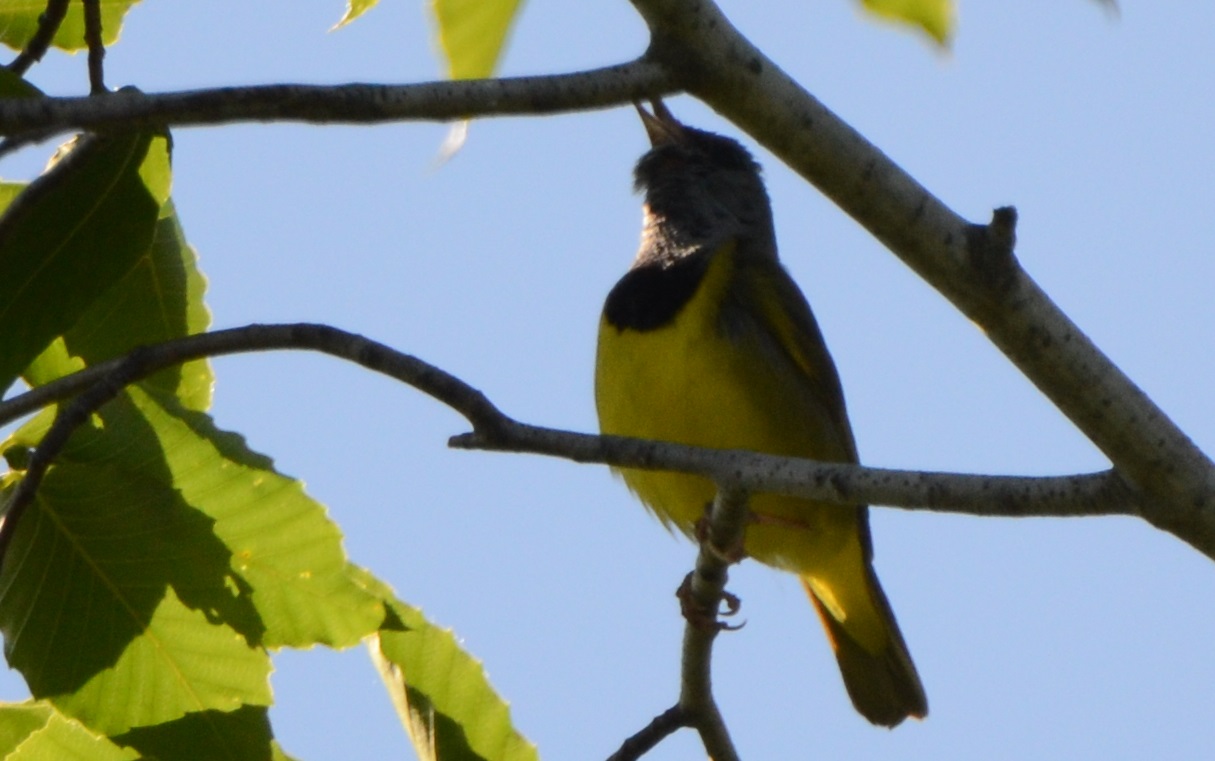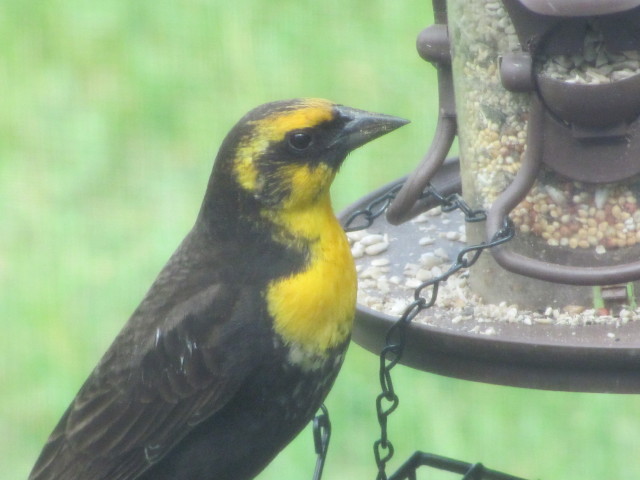Raining raincrows
It has been a while since I have compiled a roundup of rare news and interesting sightings. Let’s start with the raincrow, aka the yellow-billed cuckoo. I keep an informal yard list – a roster of all the bird species that I have recorded from my yard. I don’t know how many species are on it – probably about 150 – but for ten years I have failed to add this enigmatic bird to the list, until last week. I was raking leaves when I heard it calling from the edge of the yard. Yellow-billed cuckoos are thought to call more frequently on cloudy days, thus their colloquial name, and the birds’ appearance in my yard preceded the advent of a period of unsettled weather.
Normally uncommon and confined to the southern tier of the state during summer, there has been a relative abundance of cuckoo sightings this year, perhaps tied to an increase in the population of the gypsy moth, one of their major foodstuffs. The caterpillars feed on the leaves of deciduous trees, primarily oaks, and following years of drought, the moths can reach epidemic proportions – bad for the oaks but good for the cuckoos. This year there seems to be an uptick in the number of caterpillars despite all the rain, and I suspect this is at least part of the reason for the increase in cuckoos.
Rare Warbler attempts to nest in the Harris Center Supersanctuary
An early morning ramble on the old King’s Highway in Stoddard took a surprising turn when an unusual songster was first heard on June 6th, and subsequently seen on several occasions as recently as July 3rd. The song belonged to a male Mourning Warbler, a reasonably common bird of North Country New Hampshire that breeds in second growth forest, especially favoring areas with deadfalls and brambles. They are not known to breed in the state south of the White Mountains.
Mourning Warblers are amongst the very last birds to arrive in the state. Of the 46 that were banded this spring on Appledore Island in the Isles of Shoals, 31 (almost 70%) occurred between May 30 and June 1. Thus an early June record in the Monadnock Region is not too unusual. This record is significant because of the persistent presence of a singing male in perfect breeding habitat, and the key sighting of a female on June 13th. Several repeat visits to find a nest or nestling, or to spot an adult carrying food have not been successful. Without one such sighting to conclusively prove breeding, this record will be logged as a probable breeding attempt. If they are successful and the habitat remains suitable, they may return next year. What is certain is that almost 1,000 acres protected by the Harris Center and located immediately south of this site will be available to returning migrants next year, and we continue to work in the area to protect more land. The bird chose well.
Yellow-headed Blackbird in Hinsdale
I have included a photo of a rare female yellow-headed blackbird (only the male has a full yellow head) that was coming to a Hinsdale feeder back in June. These rare birds are the western equivalent of Red-winged Blackbirds, and usually only one or two are seen in the state every year. Thanks to Regis and Donna Caouette for the photograph.


No comments yet.